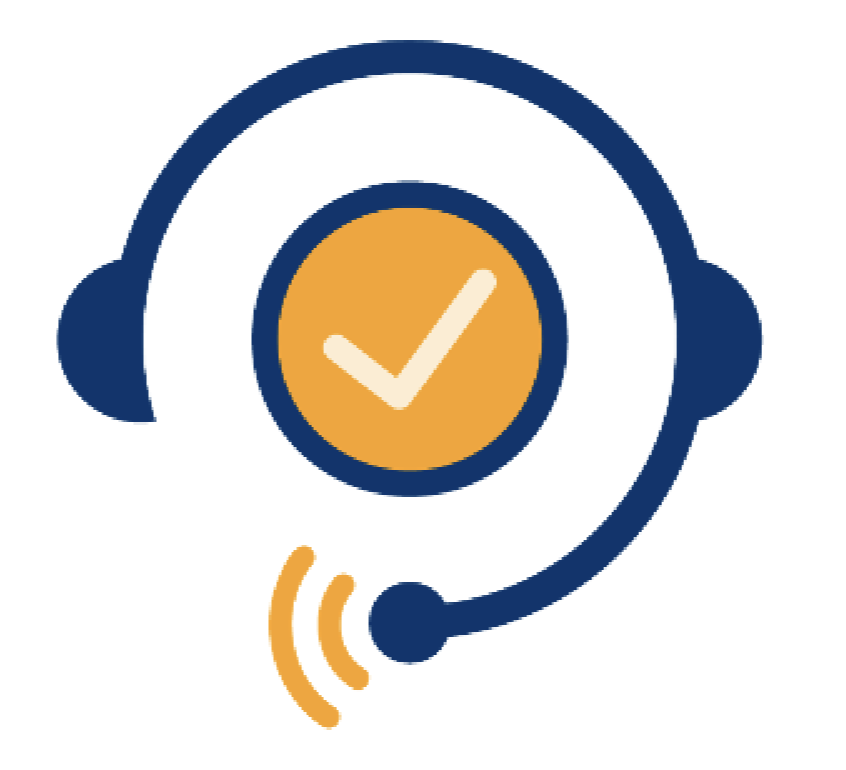Your IT team has a lot on its hands. Managing dozens of technologies ranging from firewalls to mobile devices means that just keeping everything patched and up-to-date can be a problem. But if something goes wrong with any of these technologies, it can be an even bigger problem. Add in the fact that there were 5.6 billion malware attacks and 4.8 trillion intrusion attempts in 2020, and you probably have plenty on your mind.
All of your technologies generate data, including log information and alerts. But busy IT teams rarely have the time to track everything that’s happening within their infrastructure. And, because alerts can come from anywhere—intrusion protection systems, access control systems, and firewalls, for example—they can quickly overwhelm IT departments.
One recent survey of security teams found that 70% of respondents say their work managing threat alerts emotionally impacts their home lives. In the same study:
- 51% of respondents feel their team is being overwhelmed by the volume of alerts;
- 55% say they aren’t entirely confident in their ability to prioritize and respond to them; and
- Even worse, the survey found that these teams spend as much as 27% of their time dealing with false positives.
With so many alerts being generated, you need a way to ensure that your team’s always alerted when appropriate, without wasting their time.
Parsing the alert problem
Getting alerts under control starts with parsing the information generated by your devices and systems. Next comes a correlation analysis to rank all of that information—typically on a scale of one to five—and establish which devices and systems to monitor. You then need to determine the thresholds for when an alert is generated and, if required, escalated.
That’s important because monitoring and alerting can span your entire stack – including everything from a low-level alert that your storage is getting full to a very high-level cybersecurity monitoring alert concerning suspicious activity identified by security information management (SIM) systems. By prioritizing what matters most in your infrastructure, you can quickly respond to and remediate critical problems.
While it’s essential to ensure that your cybersecurity defenses are current, it is just as important that your software is up-to-date. From a security standpoint, falling behind on critical revisions and patches can leave you wide open to attack. That is also where monitoring and alerting can help reduce IT workloads by keeping you informed regarding your software’s status and alerting you if an update or patch is required.
Artificial intelligence: Smarter monitoring and alerting
Today’s more advanced monitoring and alerting solutions rely on artificial intelligence (AI) to help analyze data from monitoring devices and systems. AI essentially looks at the set parameters and thresholds and, as it gains an understanding of expected behaviors and events, identifies anything out of the ordinary. AI can also automate alert responses.
For companies that work with a monitoring and alerting service provider, those AI-generated alerts are handled on their behalf. Alerts are aggregated, ranked, and then pushed to a security operations center (SOC) where they appear within a management dashboard. Each alert is handled differently depending on its level of importance. For example, a four or five likely means a specific series of escalation steps must be taken immediately to address the situation. A level one or two alert, on the other hand, may be taken care of at a later time. As AI becomes increasingly sophisticated, it will undoubtedly power more and more automation in monitoring and alerting.
Finding the best monitoring and alerting service
Every organization has different needs and requirements. Ultimately, effective IT monitoring comes down to striking a balance between costs and risks. While you may not be able to keep an eye on everything, a monitoring and alerting service can minimize disruptions and quite possibly pay for itself, given that even small businesses say downtime can cost as much as $100,000 an hour.
Choosing the right service provider starts with flexibility because, while it may be possible to monitor almost everything, some devices and systems matter more than others. Look for a service provider that can help you up and down your entire stack. That includes monitoring and alerting for everything from your basic infrastructure to your applications, databases, and security status.
Your selected provider should also be able to both guide you and collaborate with you in determining your monitoring and alerting priorities. They need to spend time with you so they can truly understand your requirements. At the same time, you’ll want the ability to pick and choose the devices and systems you want to be monitored based on your budget, internal capabilities, or other criteria. If you just want a firewall or after-hours monitoring and alerting, that should be an option. And if you want 24/7 support, that should be an option—and quite possibly your best choice.
I hope you found this information helpful. As always, contact us anytime about your technology needs.
Until next time.
Tim
Meet the Author



